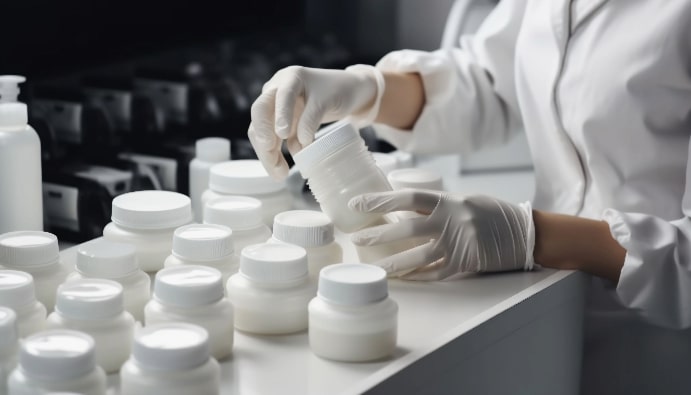
BLOG
KATEGORİDEKİ DİĞER YAZILAR

Irritation analysis is a set of scientific methods applied to assess the potential of a product to cause irritation to the skin, eyes or other surfaces. These analyzes are performed especially in cosmetics, cleaning, detergents and similar chemical-containing products.
Irritation: It is when a product causes redness, swelling, itching or discomfort in the tissue it comes into contact with.
Human epidermis tissue consists of 5 main layers from the most basal to the most superficial part: stratum basale, stratum spinosum, stratum granulosum, stratum lucidum, and stratum corneum. The outermost epidermis has a flat structure composed mainly of keratinocytes. This layer of cornified keratinocytes is a barrier against potentially irritating substances and the keratinocytes they contain play important roles in the immune surveillance of the epidermis. Naturally, the induction of the inflammatory cascade in skin irritation starts in the top layer, the first place where the cosmetic, biocidal or crude chemical penetrates.
In vitro skin irritation testing (SIT) systems are performed with Reconstructed Human Epidermis (RhE) models that represent the biochemical and physiological properties of the human epidermis.
The EpiDermTM SIT (EPI-200) protocol recognized in the OECD 439 Guidelines for Testing Chemicals is performed with high sensitivity. This model is patented and proven by the ECVAM Scientific Advisory Committee (ESAC) as an In vitro 3D model system for chemical, pharmaceutical and skin care product testing. The Irritation Test is required to be tested for type 1-11 biocidal products and cosmetic products in direct contact with the skin.
The test protocol consists of exposing the conditioned tissues to the positive control and negative control and the test chemical for 1 hour and removing them after the exposure time and ends with the determination of the NAD(P)H-dependent cellular oxidoreductase enzyme activity and the metabolic activity of the cells using the colorimetric method based on the MTT assay method. In summary, the determination of the skin irritation potential of the product to be tested is based on tissue viability and should be carried out by experts in the field in accredited and authorized laboratories.
Nanolab Laboratories Group continues to provide services within the scope of Irritation Analysis. We also provide services in Protective Efficacy Testing.
Contact us for more information.
You can follow us on LinkedIn for up-to-date news and posts about our services.
Follow our Instagram account to be informed about our latest blog posts.